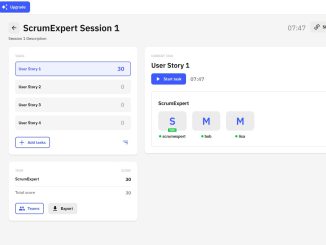Articles on Scrum and Agile Project Management
Continuous improvement is one of the main concept of Agile and retrospectives is a technique used by Scrum team to achieve it. This article shares five situations that Scrum teams should avoid in their retrospectives.
Chances are, you’ve found yourself in a situation in which some members of your Agile team don’t feel comfortable sharing what they truly feel, either with each other or with leadership. This type of discomfort can be caused by any number of factors: fear that the supervisor or leader will penalize people who speak up; concern over getting humiliated in front of others; and other unfortunate causes.
There are many discussions about what Scrum teams should include in their Definition of Done (DoD). However, security is rarely mentioned during these talks, even if more and more hacking incidents are revealed to the public. This article outlines some major security best practices for Agile teams.
Although it has been among the trending topics for a few years, the Design System subject doesn’t seem it’s vanishing from discussions between designers and developers anytime soon. And there is a reason for that.
As larger organizations started adopting Agile approaches, they looked for framewok that supported scaling Agile. SAFe (Scaled Agile Framework) is one of this framework. This article provides an overview of SAFe.
The Product Backlog Refinement (PBR) activity is one that many new Scrum teams struggle with. Insufficient PBR often results in long sprint planning meetings and incomplete backlog items at the end of the sprint. This article provides some tips on how to improve backlog refinement, which in the past was called backlog grooming.
During the sprint planning meetings, the Scrum team plan the work to be performed during the next sprint. As the Scrum sprint is a time-boxed period, the delivery of software has to be calibrated to fit in it. Planning poker is a collaborative estimation technique used to achieve this goal.







